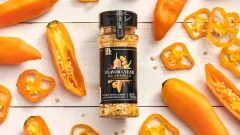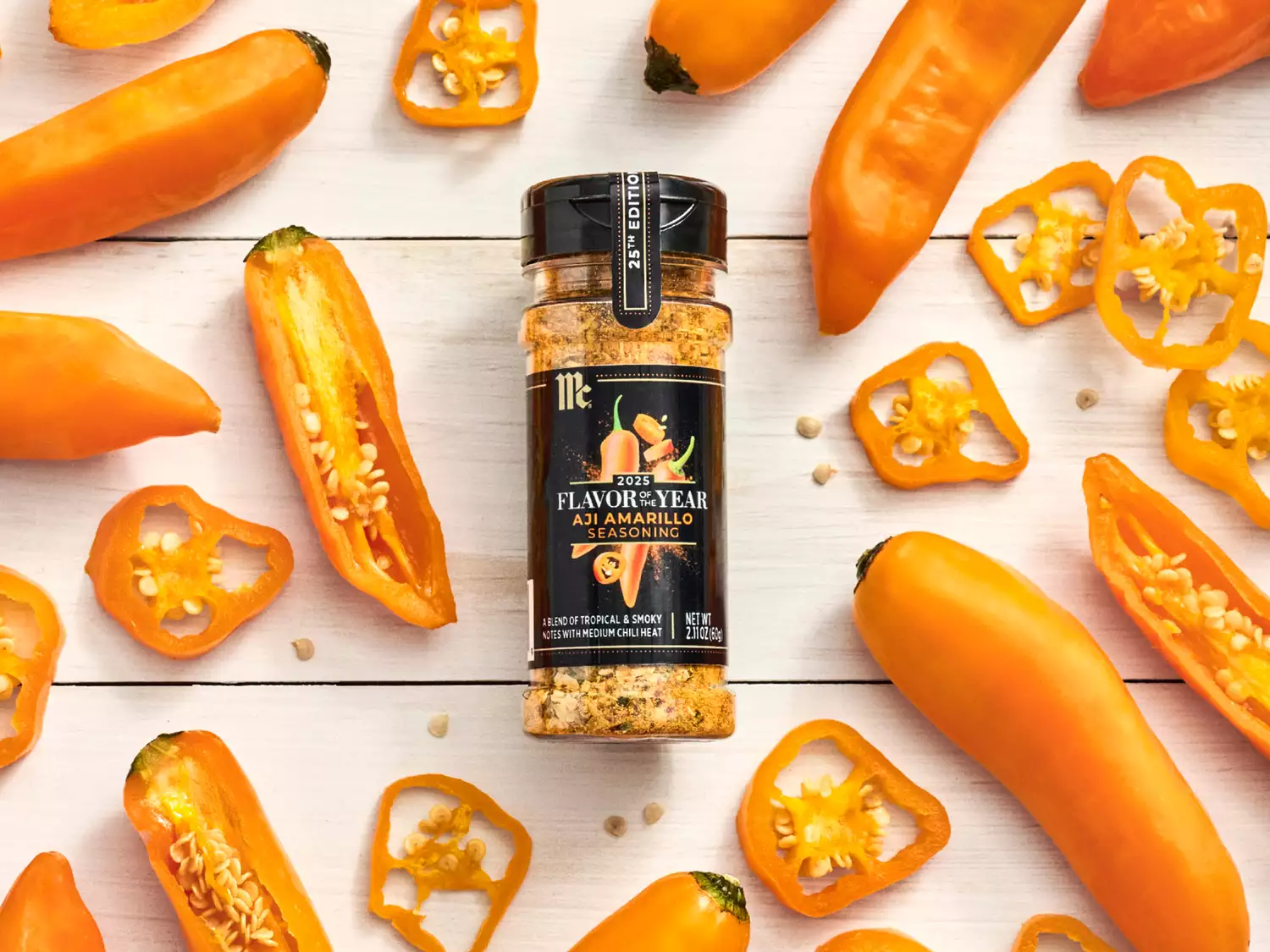Eating These Meats May Sound Weird, But It Could Help Save The Planet

As we know it right now, data suggests that factory farming will become unsustainable within the next few decades. Of course, we’re all gonna still want to eat some meat, so that means we may have to begin turning to alternative sources to do so. There’s plenty of vegan substitutes out there, sure, but for the staunch carnivores, all of these sustainable meat sources are a good place to start.
Each of the below has a low environmental footprint or is an invasive species of some kind that eating would help prevent overpopulating and potentially damaging local ecosystems. If you’re looking to be a meat-eater that helps save the planet, maybe try cooking some of these the next time you’re craving protein.
Mussels
Mussels are pretty trendy in restaurants and gastropubs as of late, but they’re also a great sustainable meat option as well. The carbon footprint of mussels is 20 times less than that of chickens and 50 times less than that of beef. They also don’t take much energy to raise, and can even trap carbon within their shells as well. The upswing of mussel consumption could have a stronger environmental impact that one may initially realize.
Wild Boar
Wild boar is already becoming more common here in the United States, as you can find cuts of it at high-end restaurants. It’s known for being an invasive a troublesome species, but also makes for a great stew or barbecue. Hunting wild boar is probably the greatest challenge in obtaining this meat, but the risk is well worth the tasty reward.
Squirrel
Squirrel is getting a lot more attention in the UK as a sustainable meat as of late. This is mainly due to a chef near the famous Borough Market that started serving up a grey squirrel lasagna that folks have been talking about. In the UK, grey squirrels are invasive and reproduce rapidly, making converting them into meat a sustainable way to fight back. As for the US, squirrel consumption happens here as well, and there’s even an annual squirrel festival, complete with a cookoff.
Lionfish
The venomous lionfish has been spreading rapidly across the Florida Gulf area, and the invasive species has become a problem for local fishermen. As such, many are beginning to harvest the fish for consumption, as there is a way to remove the toxic spines before you cook them up. Whole fried lionfish, lionfish tacos, and even pan-fried lionfish are popping up in Florida restaurants as a result.
Insects
Eating insects as a sustainable protein source has been a trending topic of discussion for years now, and companies have already popped up in the US that produce crickets, mealworms, and more for protein purposes. Chocolate-covered bugs are still one of the most approachable ways to try it, but utilizing cricket flour to make cookies is also a common approach.
Asian Carp
Asian carp are an absolute nuisance in the U.S. A female can lay 1 million eggs at a time, and each member of the invasive species can grow up to 50 pounds, stealing plankton resources from the local populations while doing so. The federal government has actually tried to electrocute and poison these fish to no avail, but they do make for good cooking. It is a bit tough to clean, but is especially delectable when blackened Cajun-style.
Bullfrog
While bullfrogs are native to the United States, they are starting to become more invasive here and are already so in other parts of the world. They’re pretty sizable frogs, meaning they’ll have a good amount of sustainable meat that’s easy to catch, clean, and cook. Fried frog legs will probably be the first dish that comes to mind, but sauteed or grilled frog legs are also tasty options.
Nutria
These semiaquatic rats run rampant all over America, devouring vegetation wherever they go. They were first introduced for their fur in the 19th century, but that has since fallen out of fashion, allowing the rodents to multiply and destroy with ease. Catching and eating them is an optimal solution since nutria meat is actually pretty healthy, and there’s plenty of them to go around.
Lab-Grown Meat
Lab-grown meat has also made waves recently as an alternative that doesn’t require any killing and has a low environmental footprint. It’s not commercially feasible (or approved) in the US yet, but Hampton Creek successor JUST has already begun cranking out lab-grown chicken nuggets in other parts of the world. This is one of the more high-tech solutions for sustainable meat out there, but it would allow us to consume more of the standard meats in a world where factory farming isn’t an option anymore.






















